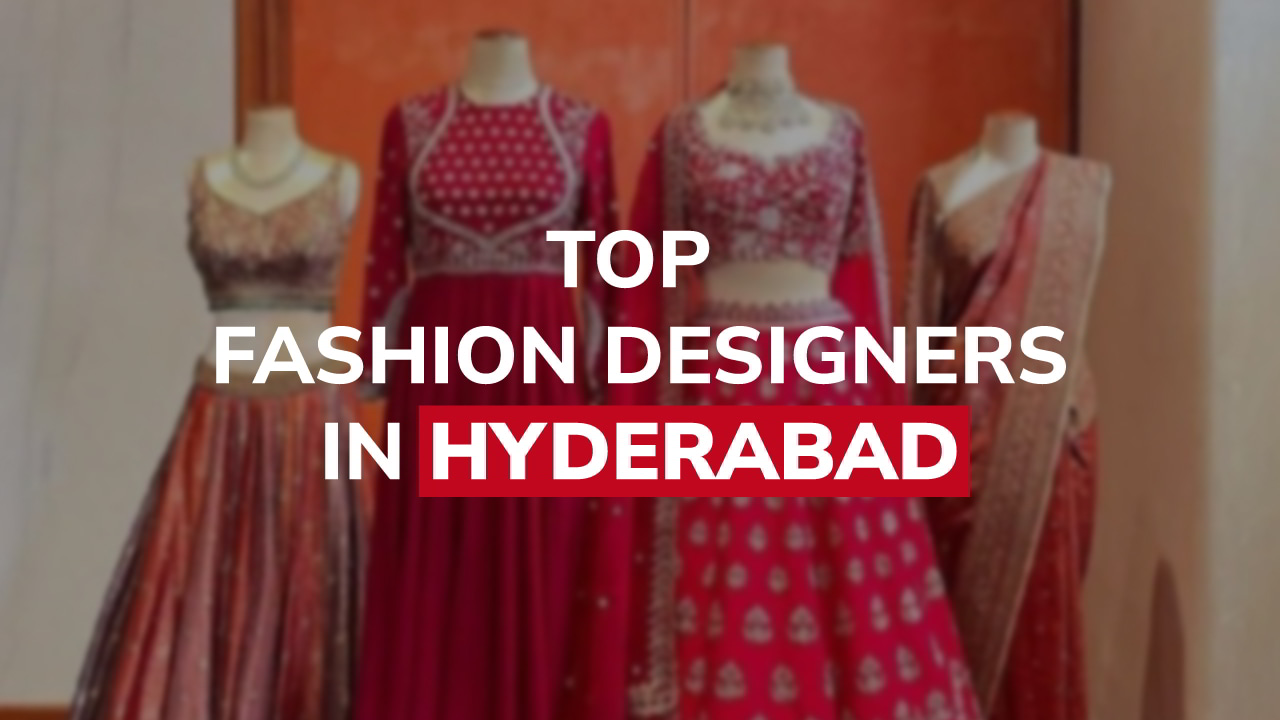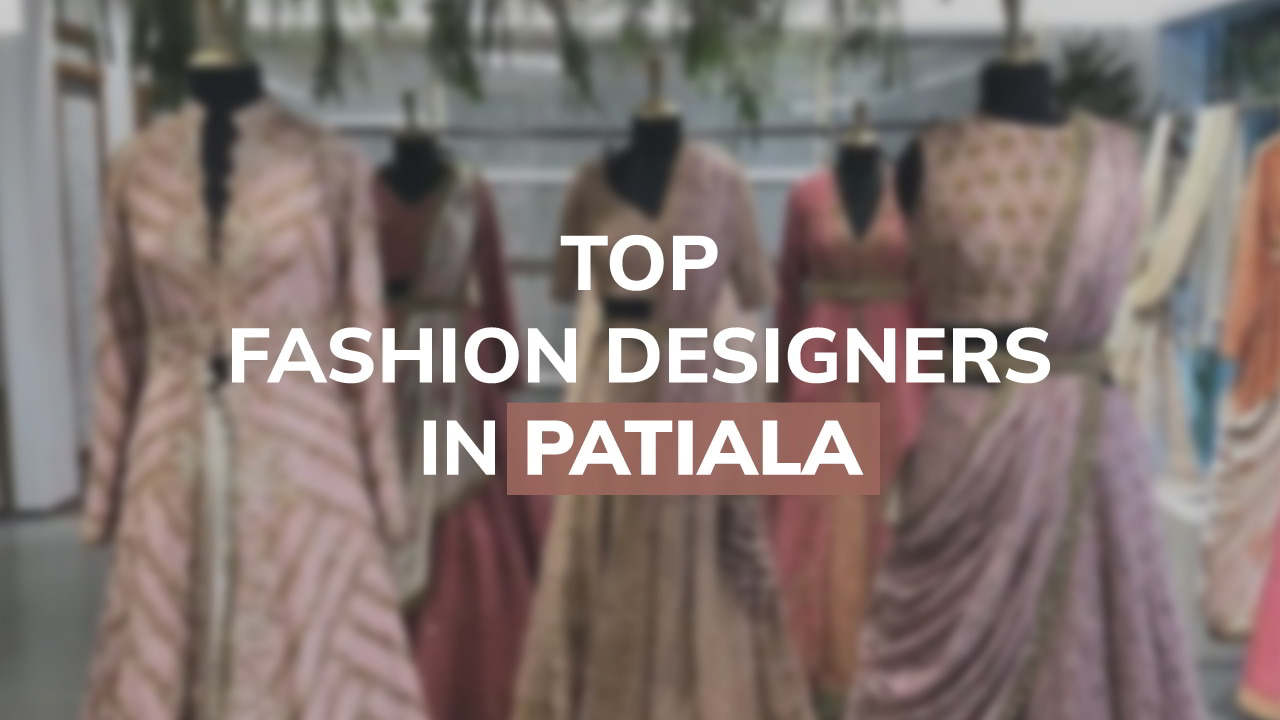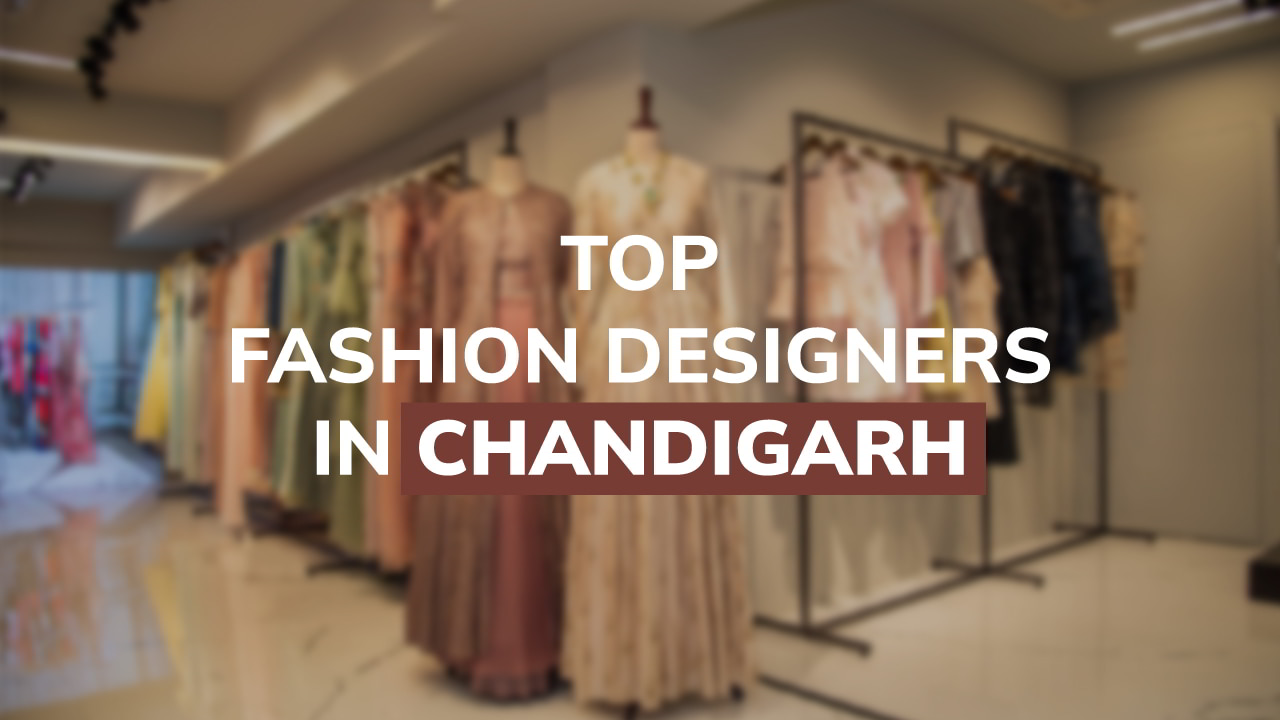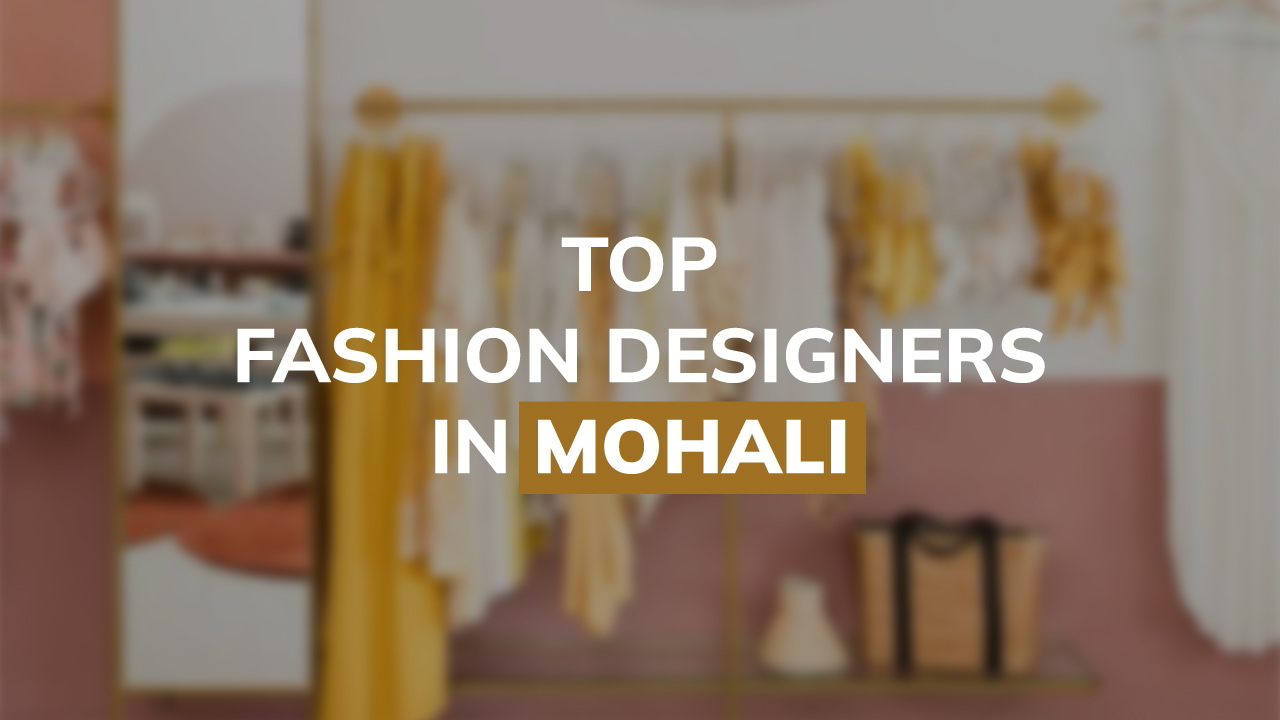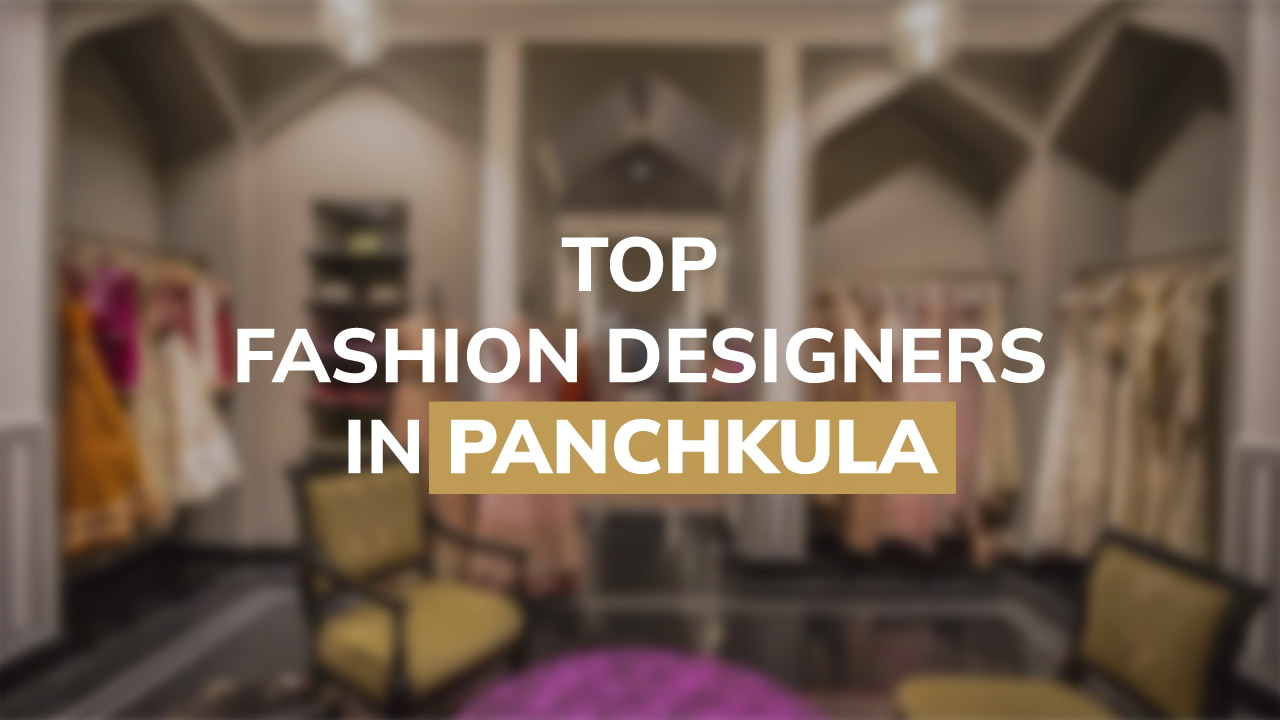What to Wear: Best Interview Outfits for Women for different Job Industries
I really do not think that there is a better way than this quote to tell how much value your attire actually holds before going for an interview!
Regardless of how impressive your CV and cover letter are or how well you match the qualifications for the position, if your attire isn’t appropriate for the job, you will definitely face judgment that could influence your chances of getting hired.
Dressing appropriately for a job interview is not just a courtesy but a necessity. Making an effort to dress well shows the interviewer you respect the opportunity and their time.
To help you with this, we’ve prepared a comprehensive blog post: “Best Interview Outfits for Women for Different Job Interviews.” In this guide, we’ll explain the ideal attire for various job industries.
Without further delay, let’s dive in!
"You never get a second chance to make a first impression."
Will Rogers.
Key Elements of Women’s Interview Attire

When it comes to making a lasting impression during an interview, the right attire can speak volumes before you even utter a word.
Understanding the key elements of interview attire for women is crucial to projecting confidence, professionalism, and the right fit for the company culture.
1. Fit Matters: One of the most significant aspects of your outfit is its fit. Clothes that are too tight can restrict your movement and cause discomfort, while overly baggy attire can appear sloppy.
Aim for a tailored look that enhances your silhouette, allowing you to move freely and exude self-assurance.
A well-fitted blazer, dress shirt, or tailored trousers can elevate your entire ensemble.
2. Color Choices: The colors you choose can convey different messages. Classic colors like navy, gray, and black exude professionalism and authority, making them safe choices for almost any interview setting.
However, don’t shy away from incorporating softer hues or subtle patterns that reflect your personality – just ensure they complement the overall professional tone of your outfit.
3. Fabric Selection: The fabric of your clothing also plays a crucial role in your overall appearance. Opt for high-quality materials that look polished and are comfortable to wear.
Wool, cotton blends, and breathable fabrics are excellent choices that can help you maintain a professional demeanor while staying comfortable, especially during longer interviews.
4. Footwear Fundamentals: Your shoes can make or break your outfit. Choose footwear that is not only stylish but also professional.
Ensure they are clean and in good condition, as scuffed shoes can detract from an otherwise impeccable look.
5. Accessories with Purpose: Accessories should elevate your look without overwhelming it.
A classic watch, understated jewelry, or a sleek belt can add a touch of sophistication.
However, be mindful of the overall vibe; keep accessories minimal and avoid anything too flashy that could distract from your qualifications.
6. Grooming Essentials: Last but not least, personal grooming is an essential element of your interview attire.
Ensure your hair is neatly styled, facial hair is well-groomed, and nails are clean and tidy. A polished appearance reflects your attention to detail and respect for the opportunity.
7. Dress According to Your Body Shape:
Understanding your body shape can help you choose interview attire that compliments your figure and boosts your confidence.
For women with a rectangle body shape, where the waist, bust, and hips are relatively aligned, opt for structured pieces like belted blazers or peplum tops.
If you have a pear-shaped body, balance your outfit by choosing tailored tops with detailing around the shoulders and pairing them with darker bottoms.
Those with an apple body shape might feel most confident in outfits that draw attention to the neckline—like V-necks or wrap blouses—and include tailored pants or skirts.
For hourglass figures, fitted clothing that highlights your natural waist, such as pencil skirts or sheath dresses, can help maintain proportion while looking professional.
The key is to choose pieces that feel comfortable, complement your shape, and project your best self in a refined, interview-appropriate way.
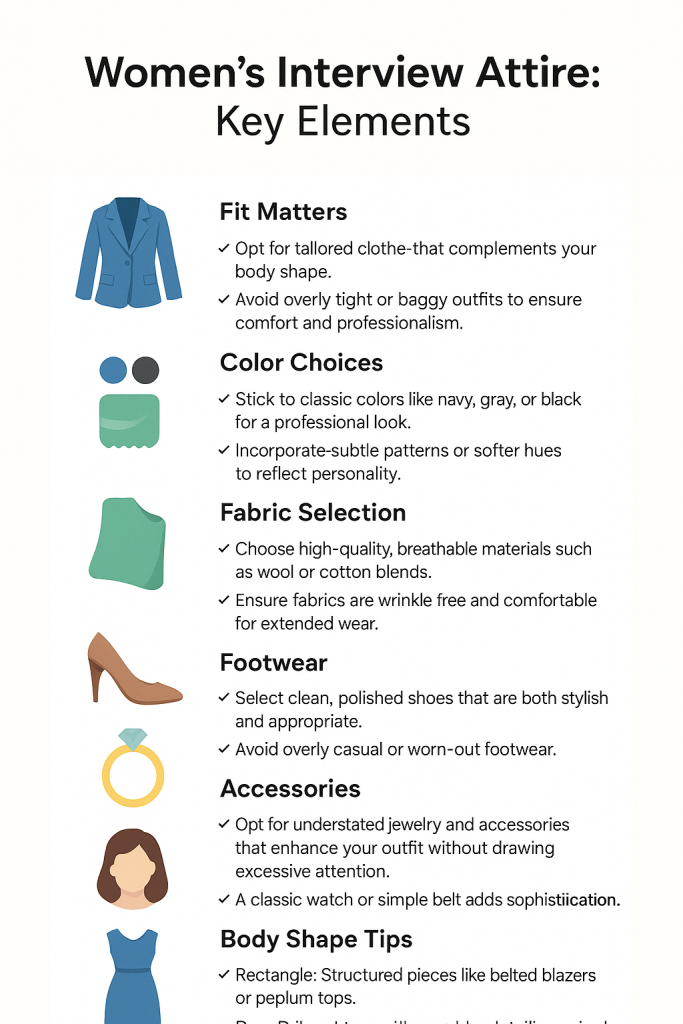
What to Wear for an Interview for Different Industries
Here’s a comprehensive guide to help you navigate the dress codes across different sectors:-
What to Wear for an Interview
in the Corporate and Finance Sector:
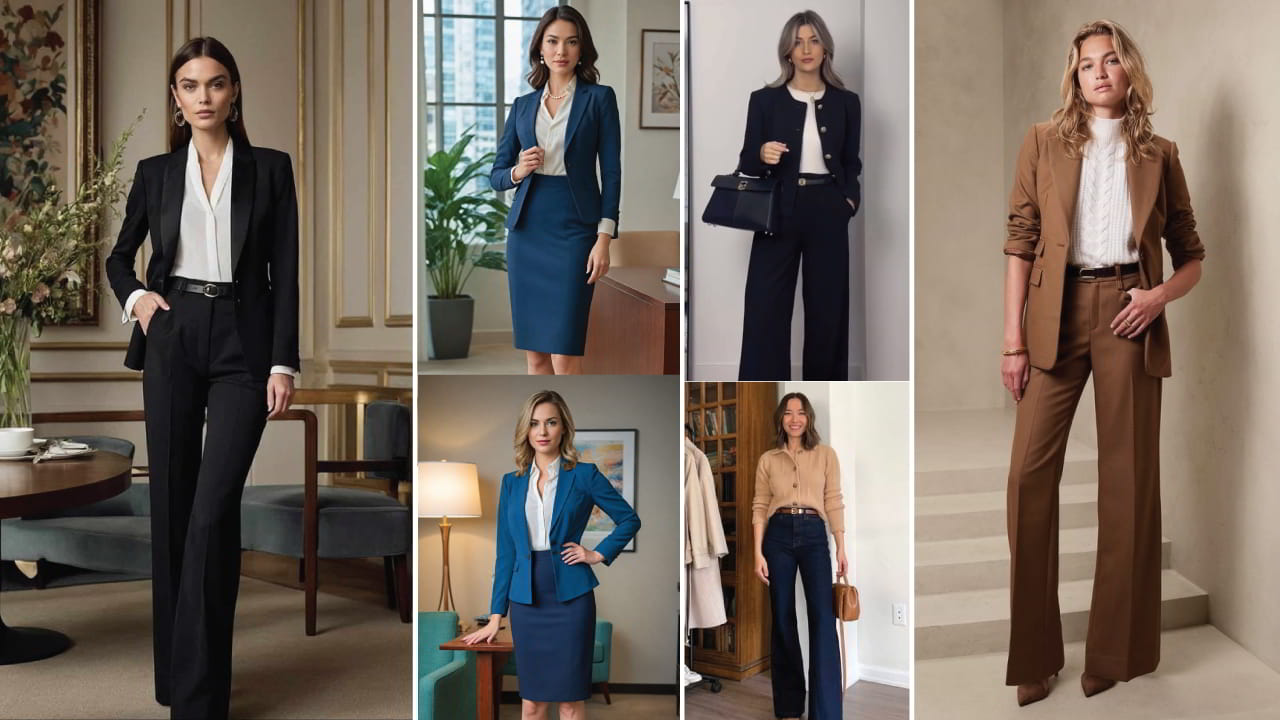
In the corporate world, the dress code is typically more formal. Opt for tailored suits in conservative colors like navy, charcoal, or black.
Women should consider a well-fitted blazer paired with a blouse and tailored slacks or a pencil skirt. Accessories should be minimal but polished, such as a classic watch or understated jewelry.
What to Wear for an Interview
in the Creative Industries:

In contrast, the creative fields—such as marketing, design, or media—allow for more personal expression through attire. While still maintaining a level of professionalism, you can introduce bolder colors, unique patterns, or innovative styles.
Think stylish blazers over a graphic tee, or a chic dress paired with trendy ankle boots. The key is to reflect your personality while still appearing polished and put-together.
Even if you’re choosing a teacher interview outfit for a creative or modern school, you can mix style with professionalism. Try wearing a bright blouse with neutral pants, and add simple accessories to show your personality while still looking neat and professional.
What to Wear for an Interview
in the Tech and Startups:
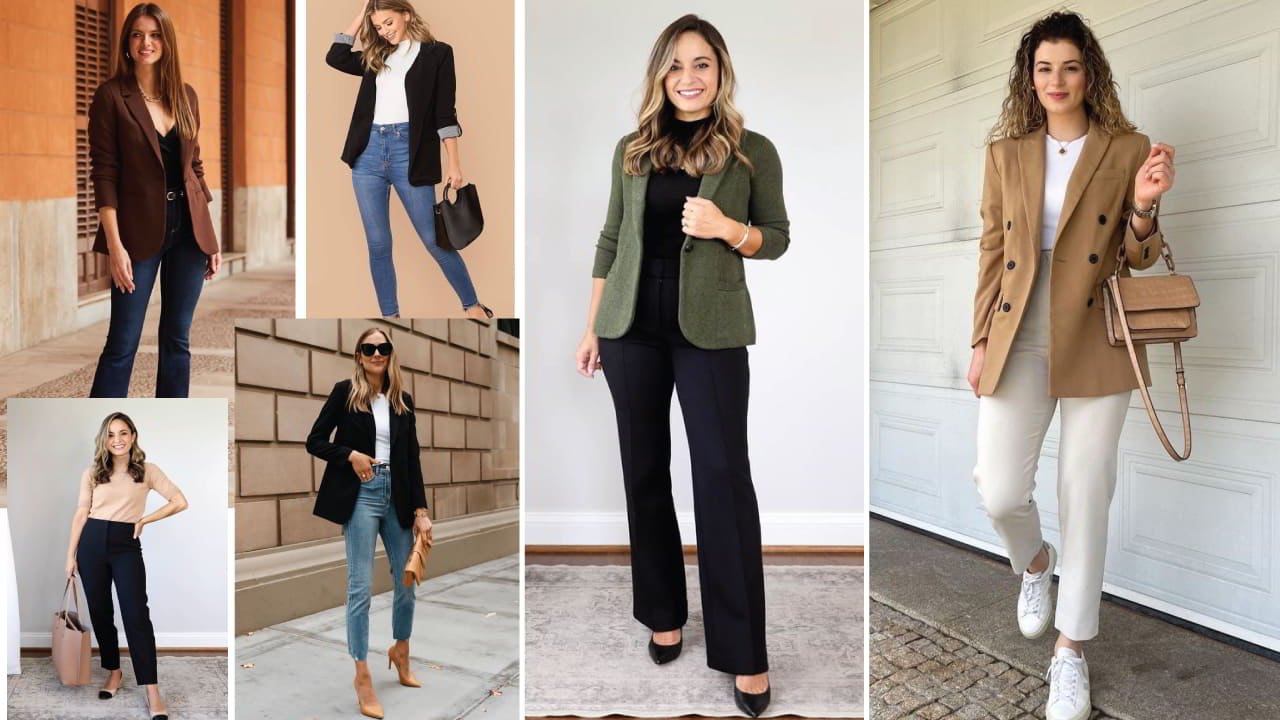
Dressing for interviews in tech or hands-on industries can feel tricky.
Most companies in these fields lean toward a more casual dress code, but it’s still important to show that you’ve made an effort.
Striking the right balance between comfort and professionalism is key.
For example, if you’re applying for a role in automotive mechanic positions. You might go for clean, dark-wash jeans paired with a smart top and a light blazer.
It’s a simple look that feels grounded but still interview-ready. Among the many styles available, something structured—like a good pair of mom jeans—can offer both shape and comfort.
Jeans in general can be a great option when chosen thoughtfully. There are so many types of jeans for girls, but for an interview, it’s best to avoid distressing or overly casual fits. Think clean lines, solid colors, and a fit that makes you feel confident.
Shoes should follow the same logic. Skip the heels or sneakers and choose something in-between—maybe a pair of flats or low boots. They’ll keep you comfortable without feeling too informal.
Now, if you’re heading into a more corporate tech setting—maybe for a product manager or admin role—you can step it up a bit.
A tailored dress, formal pants with a tucked-in blouse, or a soft blazer creates a polished and professional look.
These kinds of business interview outfits for women work well when you want to show that you’re serious about the role but still in touch with the company’s casual culture.
Ultimately, what matters most is feeling confident and comfortable in your outfit—because when you feel good, you come across strong.
What to Wear for an Interview
in the Healthcare and Education:

For interviews in healthcare or education, professionalism is paramount.
In healthcare, consider wearing casual interview outfits that allows for ease of movement, such as khakis and a collared shirt. In educational settings, aim for a look that is both approachable and respectable—perhaps a blazer over a sweater and dress pants, complemented by sensible shoes.
What to Wear for an Interview
in the Hospitality and Retail:

In hospitality and retail, your appearance should reflect the brand’s culture and values.
If the company has a more formal image, lean towards business casual attire. For brands that embrace a relaxed atmosphere, smart-casual clothing is appropriate.
Always consider the company’s style and dress slightly more formally than their everyday wear to show respect for the interview process.
What to Wear for an Interview
in the Government and Non-Profit:
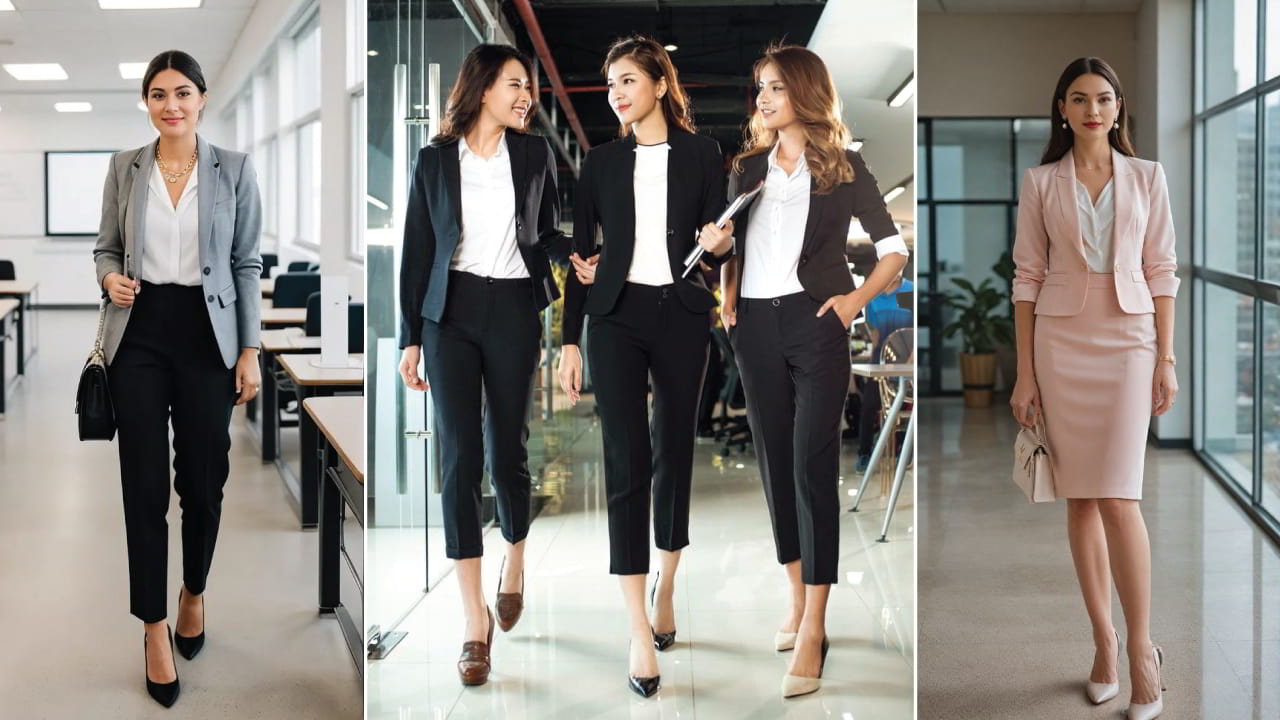
Interviews in these sectors typically call for formal attire.
You can consider tailored dresses or suits.
Neutral colors and classic styles tend to resonate well in these settings, as they reflect seriousness and professionalism.
Color Psychology for Your Interview Attire

When it comes to dressing for an interview, the colors you choose can significantly impact the impression you make.
Enter the fascinating world of color psychology, where hues not only reflect your personal style but also convey powerful messages about your personality and intentions.
Understanding how different colors are perceived can help you select an outfit that aligns with the image you want to project during your interview.
👉 Blue, often associated with trust and dependability, is a fantastic choice for interviews, especially in corporate settings.
Wearing blue can evoke feelings of calmness and stability, suggesting that you are a reliable candidate who can be counted on to deliver results.
Consider a navy blazer or a cobalt blouse to communicate professionalism while still showcasing your style.
👉 Red, on the other hand, is a color of passion and power. It commands attention and signifies confidence, making it a strong choice if you want to portray assertiveness and leadership qualities.
However, use red sparingly; an accent piece like a tie or scarf can provide a bold pop without overwhelming your overall look.
For those aiming to convey creativity and originality, green offers a refreshing option. Often associated with growth and renewal, green can suggest that you are innovative and open to new ideas.
A deep emerald dress or a forest green shirt can create a sophisticated yet approachable look.
If you’re looking to come across as approachable and friendly, consider wearing yellow or orange.
These colors exude warmth and positivity, making you seem more relatable.
However, too much brightness can be distracting, so it’s best to integrate these shades in accessories rather than the main outfit.
Finally, remember that neutrals—think blacks, grays, and whites—offer a classic and timeless appeal.
While they may seem safe, a well-tailored neutral outfit can exude confidence and sophistication, especially when paired with a statement accessory or a pop of color.
Accessories that Enhance Your Interview Look
Here are some key accessories to consider that will enhance your interview ensemble and help you stand out in a sea of candidates.
Statement Jewelry
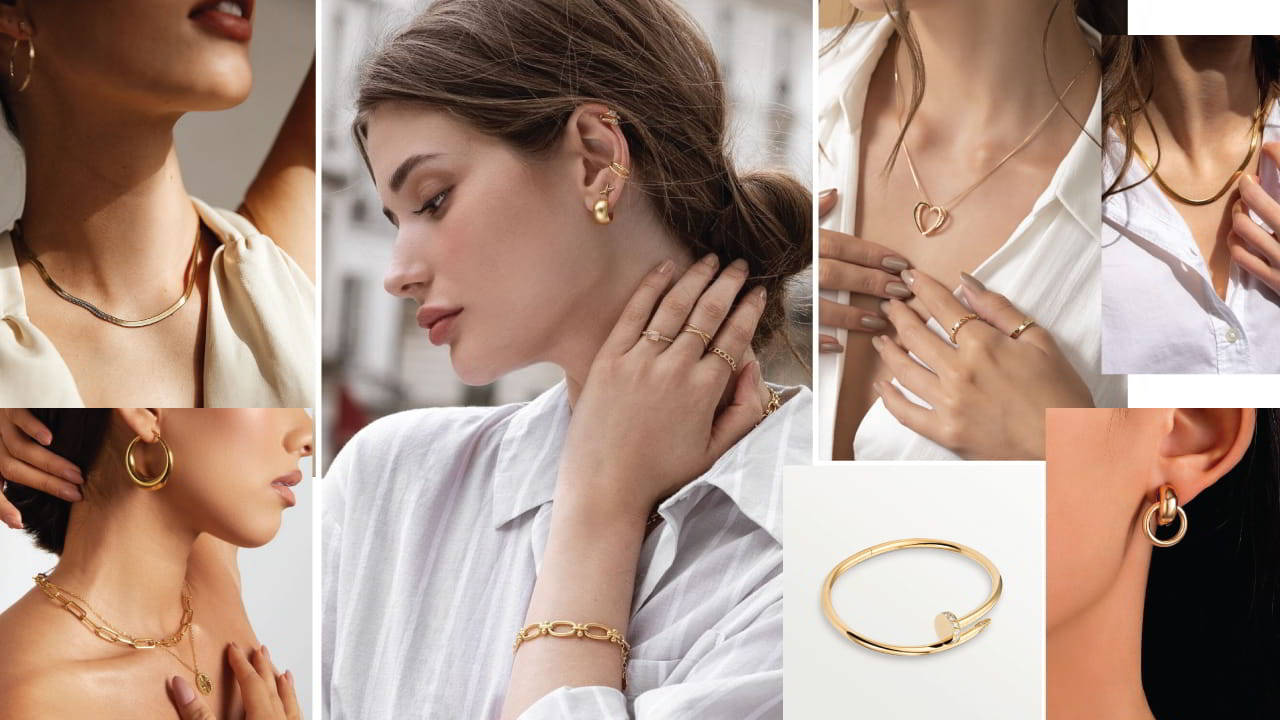
A bold necklace or a pair of elegant earrings can add just the right touch of personality to your outfit.
Opt for pieces that complement your attire without overwhelming it; think classic gold or silver tones that suggest sophistication. If you’re wearing a more conservative outfit, a pop of color through your accessories can showcase your creativity.
Belts
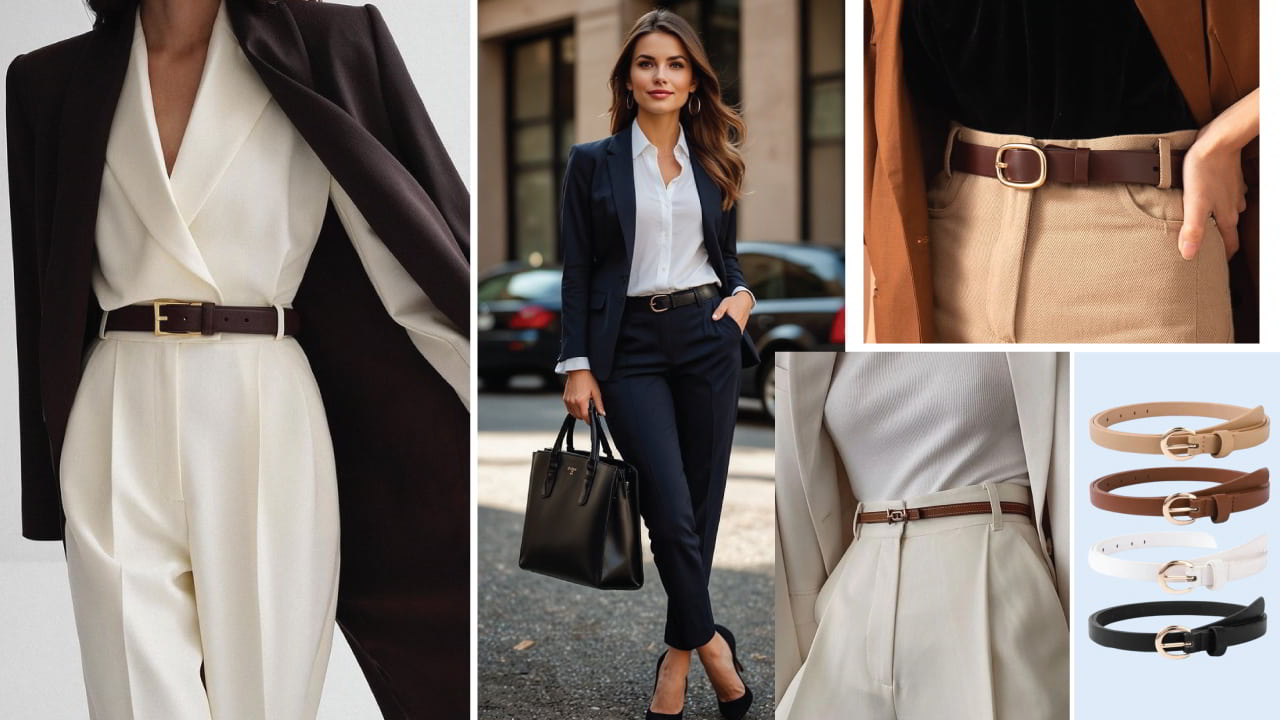
A well-chosen belt can cinch your waist and add structure to your silhouette.
Whether it’s a sleek leather belt for a tailored dress or a fabric belt for a blouse, it helps to define your shape and adds an element of polish to your look. Make sure the belt matches your shoes or handbag for a cohesive appearance.
Bags
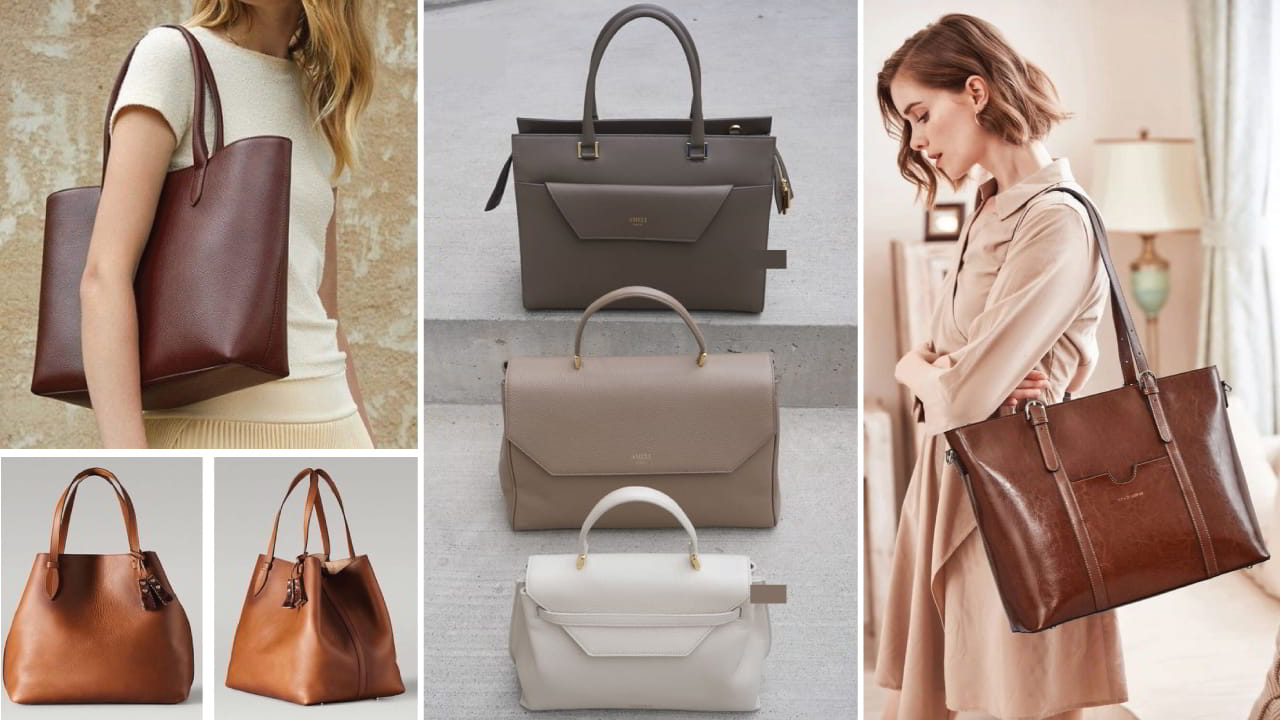
The right bag can be both functional and stylish. A structured tote or a professional-looking briefcase not only carries your essentials but also conveys that you are organized and ready.
Choose a neutral color that pairs well with your outfit, ensuring it remains understated yet elegant.
Shoes
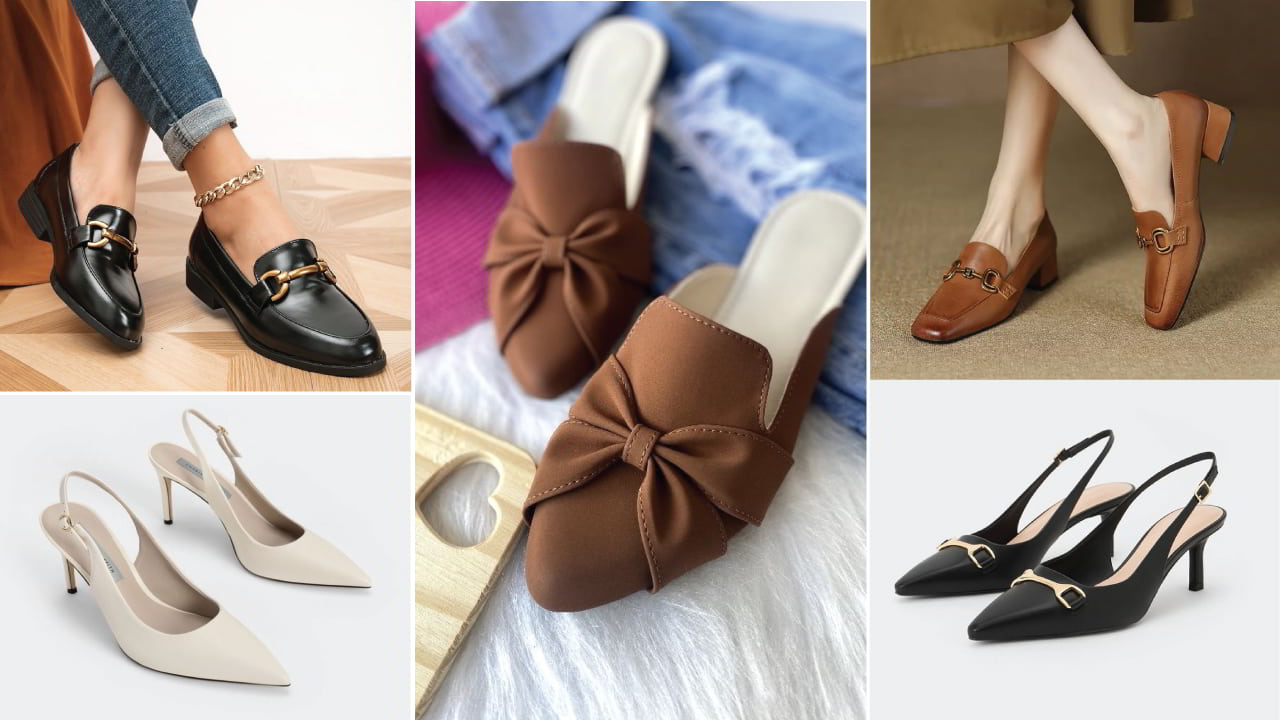
While technically not an accessory, your footwear can make or break your outfit. Choose shoes that are comfortable yet stylish, as you’ll want to make a good impression without sacrificing your ability to walk confidently.
Classic pumps, loafers, or polished flats are excellent choices that blend professionalism with style.
Scarves
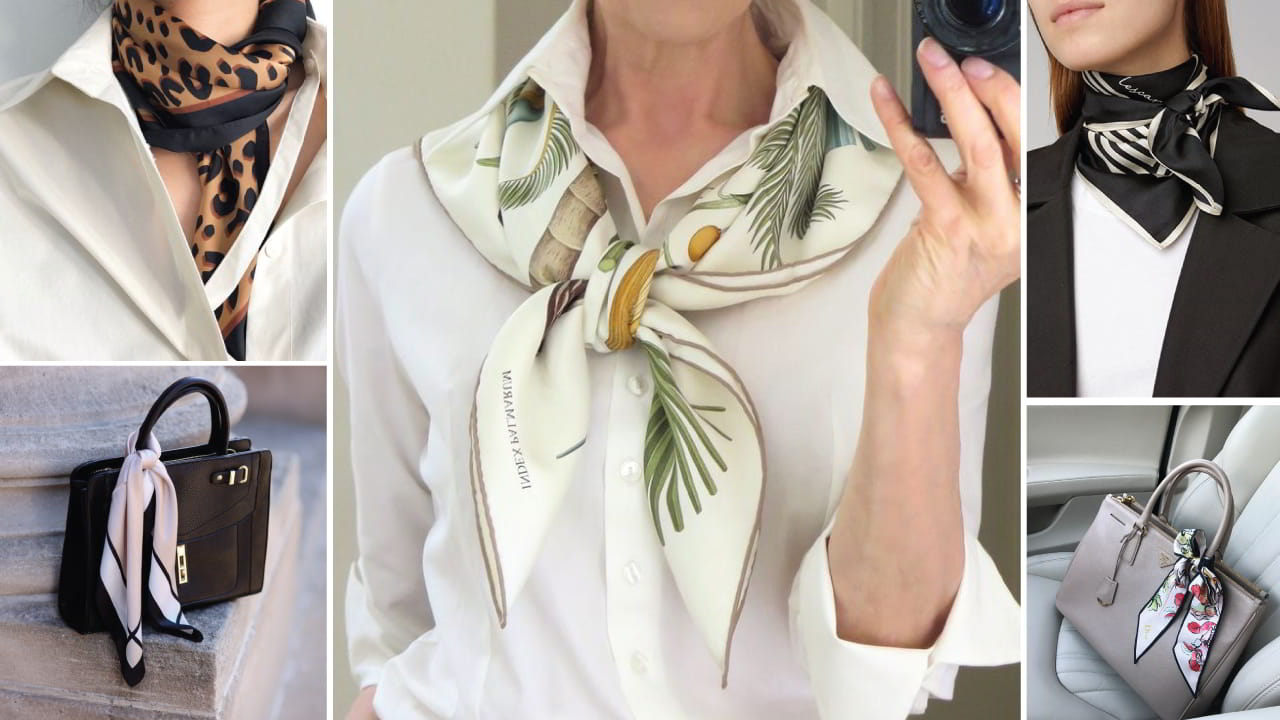
A lightweight scarf can add a layer of sophistication and serve as a unique focal point.
Consider tying it around the handle of your bag or wearing it draped over your shoulders. Choose a fabric and pattern that aligns with your personal style while remaining professional.
Watches
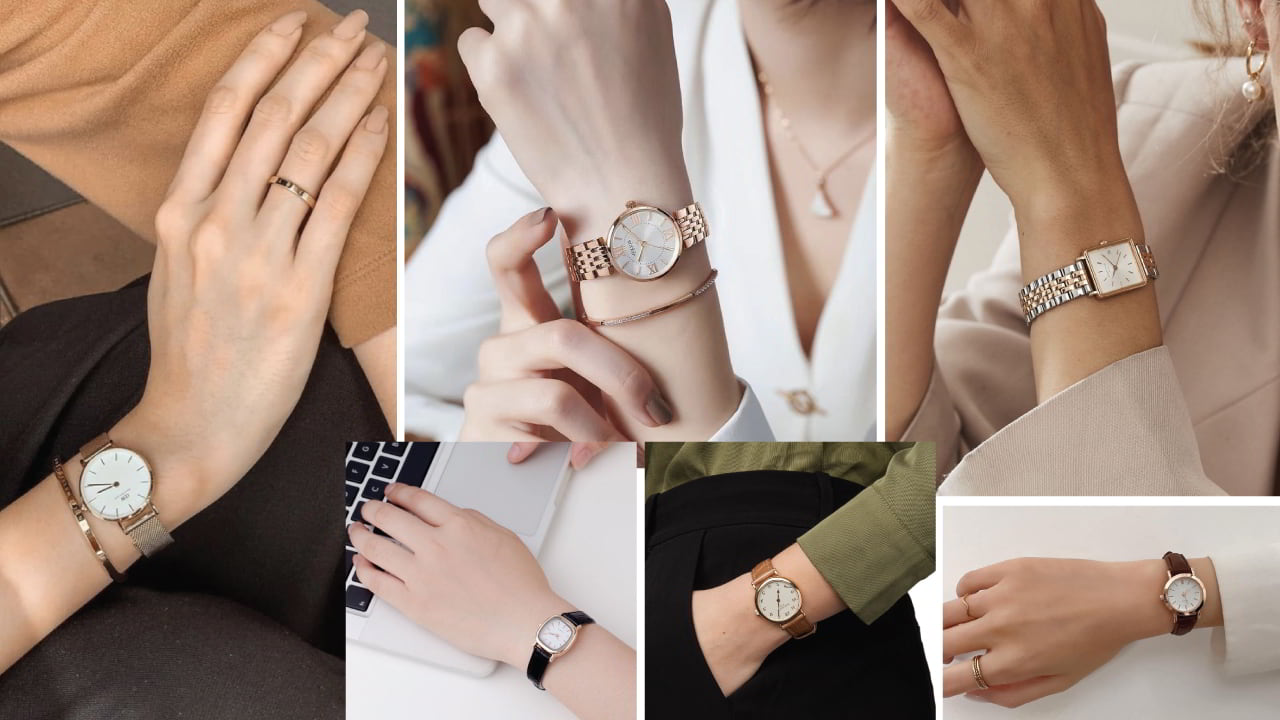
A timeless watch not only serves a practical purpose but also exudes professionalism and attention to detail.
Look for designs that are clean and minimalistic, steering clear of flashy styles that may distract from your overall look.
Hair Accessories

If your hair is long or requires some styling, consider using simple hair accessories like a chic hairpin or a sleek headband.
These can keep your hair neatly in place while enhancing your refined appearance.
Virtual Interview Style:
Dressing for Success Online
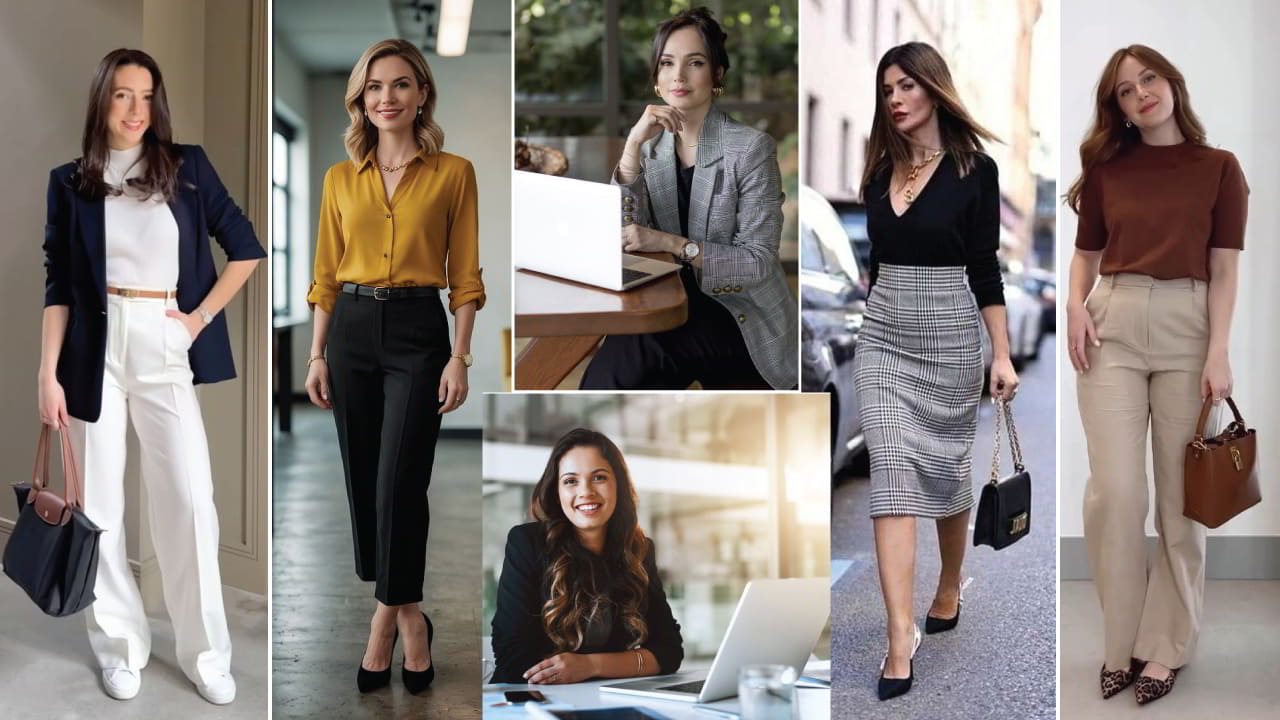
When dressing for success in a virtual interview, it’s important to create a polished and professional appearance that resonates through the screen.
Start with your outfit: just because you’re at home doesn’t mean you can throw on your favorite sweatshirt. Opt for semi-formal attire (comfortable and presentable) that reflects the effort you made for the interview.
A well-fitted blazer paired with a simple blouse or button-up shirt can convey confidence and professionalism.
Choose solid colors or subtle patterns, as they stand out better on camera and avoid distractions.
But don’t stop at the clothes. Your grooming matters too—ensure your hair is neat, and if you wear makeup, consider applying a fresh, natural look that enhances your features without overpowering them.
Remember that good lighting can make a world of difference, so position yourself in a well-lit area where your face is clearly visible, ideally facing a window or using a ring light.
As we wrap up our ultimate 2025 interview style guide, remember that your appearance is a powerful tool in making a lasting impression.
The insights shared in this guide will empower you to confidently curate a wardrobe that not only reflects your personal style but also aligns with industry standards and expectations.
Embrace your unique style, and step into that interview room with confidence, knowing that you are equipped to put your best foot forward.
Good luck, and may your future interviews be as bright as your ambition!

